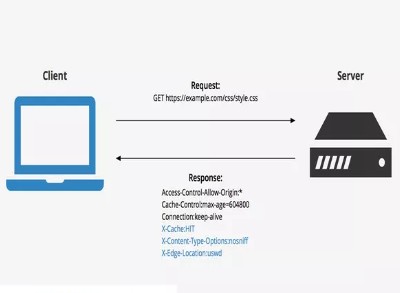 Property-based payloads are payloads based on some particular properties of the document object and the elements. From the document object we already know the location-based payloads and from the elements we have the properties “innerHTML” and “outerHTML”.
Property-based payloads are payloads based on some particular properties of the document object and the elements. From the document object we already know the location-based payloads and from the elements we have the properties “innerHTML” and “outerHTML”.
Those 3 are very useful to evade a filter or WAF when we get to the point where the JavaScript code needs to be obfuscated. That scenario usually arises when we get past to the event handler in a HTMLi-based XSS vector but it can also be used in regular JavaScript injections (inside script blocks) or even in DOM-based XSS scenarios.
 When dealing with JavaScript injection scenarios sometimes we might get into a difficult situation: the target page is not meant to be accessed directly and some of its code is supposed to use some other code in the setup intended.
When dealing with JavaScript injection scenarios sometimes we might get into a difficult situation: the target page is not meant to be accessed directly and some of its code is supposed to use some other code in the setup intended. XSS is all about practice. It requires a lot of time to print in the mind all vectors, payloads and tricks at our disposal. There are lots of XSS cases, each one requiring a different approach and construct to pop the alert box.
XSS is all about practice. It requires a lot of time to print in the mind all vectors, payloads and tricks at our disposal. There are lots of XSS cases, each one requiring a different approach and construct to pop the alert box. XSS polyglots are quite popular among beginners and lazy XSS testers since they only require a single copy and paste. Although doomed to be easily flagged by any decent filter or WAF, they can be useful to spot
XSS polyglots are quite popular among beginners and lazy XSS testers since they only require a single copy and paste. Although doomed to be easily flagged by any decent filter or WAF, they can be useful to spot  Content Security Policy (CSP) is the last line of defense against the exploitation of a XSS vulnerability. When correctly implemented, it seems to be extremely effective in doing so (nowadays). Here we will deal with the possible ways to abuse flaws in its implementation. For a comprehensive reference on CSP check
Content Security Policy (CSP) is the last line of defense against the exploitation of a XSS vulnerability. When correctly implemented, it seems to be extremely effective in doing so (nowadays). Here we will deal with the possible ways to abuse flaws in its implementation. For a comprehensive reference on CSP check 






You must be logged in to post a comment.